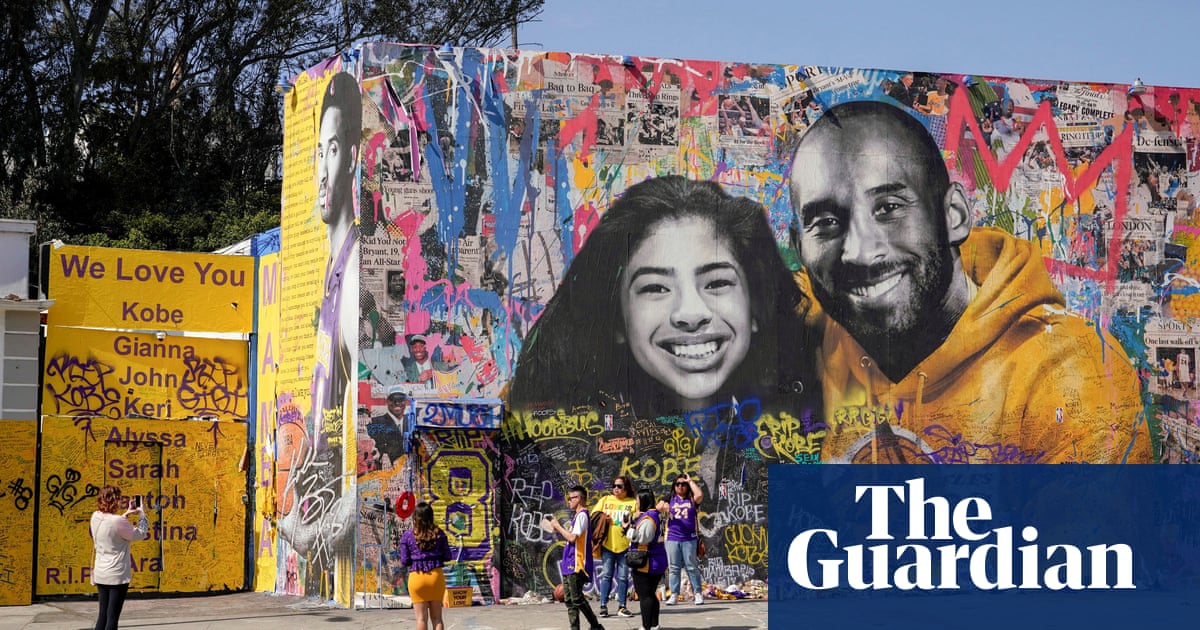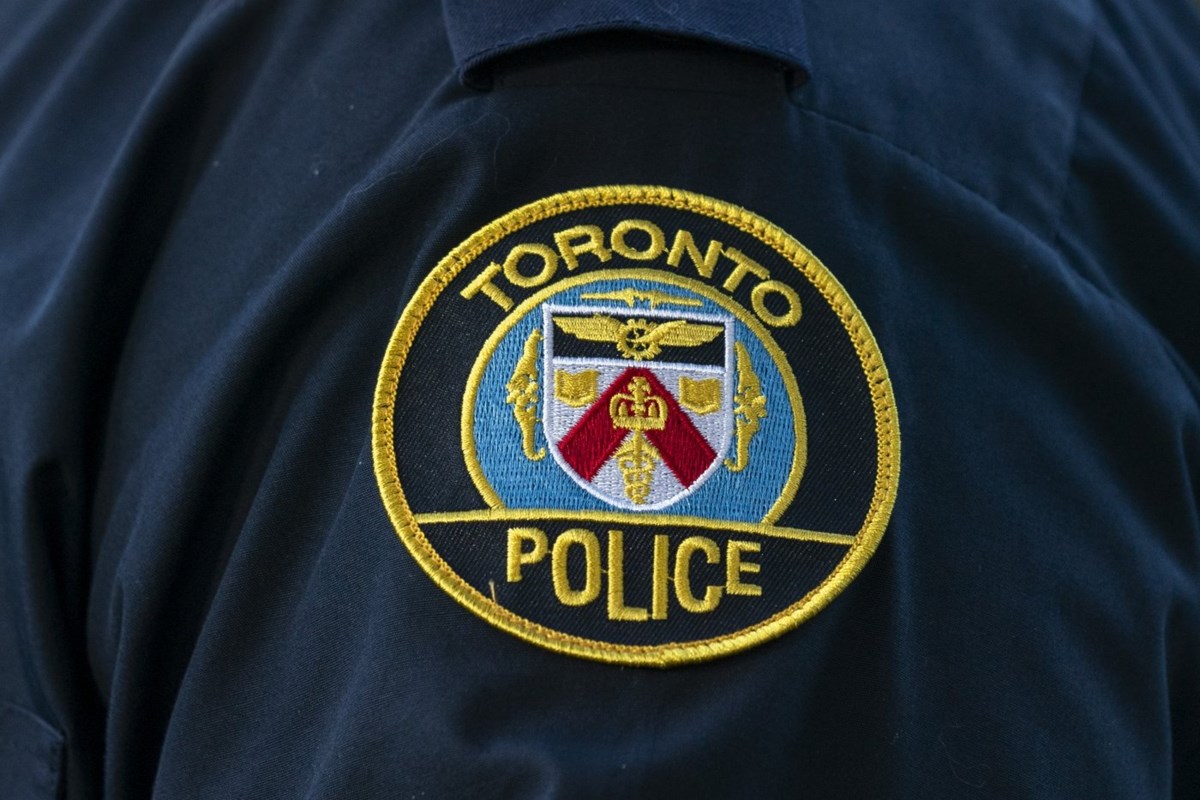Kingsmills Massacre: Police Ombudsman for Northern Ireland finds RUC were under 'intense pressure and strain' when investigating the Kingsmills Massacre but offered no evidence of state collusion

The ten Protestant workers were murdered by the Provisional Irish Republican Army (PIRA) when the minibus taking them home from work at ‘Glenanne Mill’ was stopped by a group of armed men on the Kingsmill Road, County Armagh, on 5 January 1976. In a report published today, she did find failings in the RUC investigation into the atrocity, including the failure to arrest suspects linked by intelligence to the attack, but said these took place against a backdrop of "wholly insufficient" resources. Mrs Marie Anderson recognised the "intense pressure and strain" that RUC officers faced in 1976, when investigating one of the worst atrocities of the Troubles when ten men were murdered. As well as identifying the failure to arrest and interview 11 men identified by intelligence, the Police Ombudsman also found that the original investigation failed to exploit ballistic links with other attacks in which the same weapons were used. She also noted missed investigative opportunities and inadequacies in areas such as forensics, fingerprints and palm prints, and witness enquiries. The Ombudsman confirmed to the News Letter this week that ten complaints were lodged with it about the Kingsmills Massacre in 2013 and others up until 2016. It clarified that the complaints included allegations of investigative failings and collusion, as well as whether action could have been taken by police to help prevent the attack. The Police Ombudsman investigation found no intelligence that could have forewarned of the Kingsmill attack or allowed police to prevent it. The Ombudsman did not identify any intelligence that indicated a direct threat to any of the deceased or injured before the attack. She also said that no intelligence was found which could have led to convictions. She said: “My investigation has not seen any evidence that was available to the investigation team which would have led to the conviction of any person for the offences of murder and attempted murder." Responding to concerns that the army had been removed from the area just before the attack, she rejected any suggestion that this was to facilitate the atrocity. "Having reviewed all of the relevant information, the Police Ombudsman concluded that military personnel were not intentionally kept away from, or instructed to avoid, the area of the attack on the evening of 6 January 1976. There was also no evidence that any covert police or military operations were ongoing at the time." However she made no formal decision on the claim of collusion from some of the families - due to legal constraints, she said. In reporting her findings, Mrs Anderson emphasised that police officers who attended the scene immediately after the attack were "faced with one of the worst terrorist incidents to occur in the Troubles” and “conducted themselves in a professional manner, identifying witnesses, recovering evidence, and conducting other enquiries in the area”. She also recognised "the intense pressure and strain” that the RUC and its officers were under in 1976, the second worst year of The Troubles in respect of fatalities: “By today’s standards, the investigative resources available were wholly insufficient to deal with an enquiry the size of the Kingsmill investigation. "The situation was exacerbated by a backdrop of multiple terrorist attacks in the South Armagh and South Down areas that stretched the already limited investigative resources available even further. “The detective leading the investigation had a team of eight to assist him in investigating ten murders and an attempted murder, which was supplemented for only a matter of weeks by two teams of about eight to ten detectives from the RUC’s Regional Crime Squad. This was entirely inadequate.” The ombudsman noted that the backdrop to the atrocity was that 1976 was the second worst year of the Troubles in respect of fatalities. It noted that in total, 307 people died, including 220 members of the public, 24 RUC officers, and 29 military personnel. Added to these murder investigations were a series of other terrorist attacks, including bombings, shootings, and hijackings, she said. In today’s News Letter Colin Worton, whose brother Kenneth was murdered, said he did not believe that adequate resources had been given to the original investigation. "It was the IRA that carried it out the murders - which they planned for several months in advance," he said. "We are noting taking away from that. But I still believe that the police could have brought those murderers to justice and saved other people's lives. The 10 men who were murdered were Robert Chambers, 18, John Bryans, 46, Reginald Chapman, 29, Walter Chapman, 35, Robert Freeburn, 50, Joseph Lemmon, 46, John McConville, 20, James McWhirter, 58, Robert Walker, 46, and Kenneth Worton, 24.


















